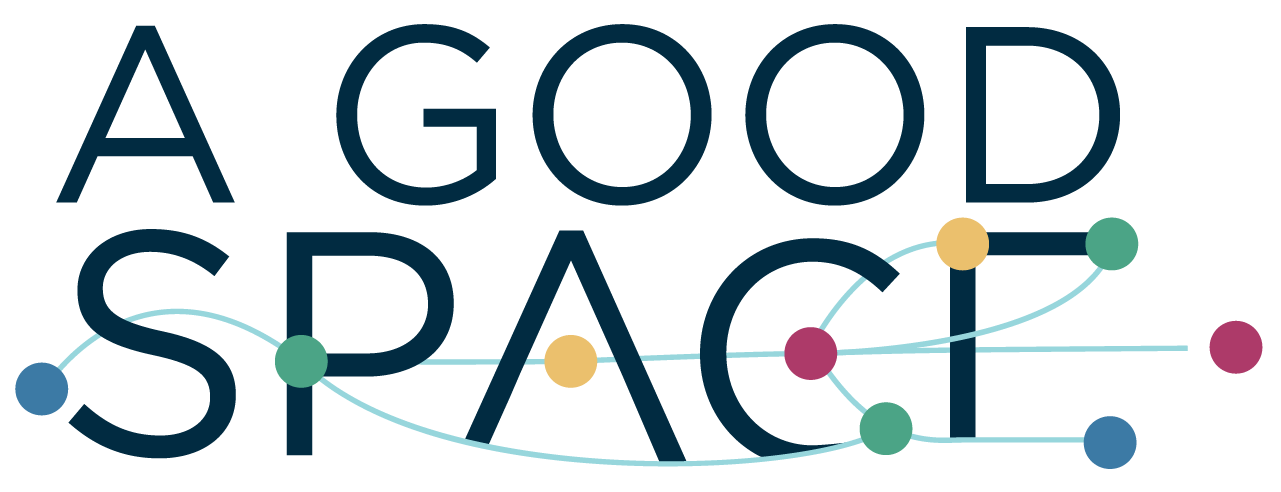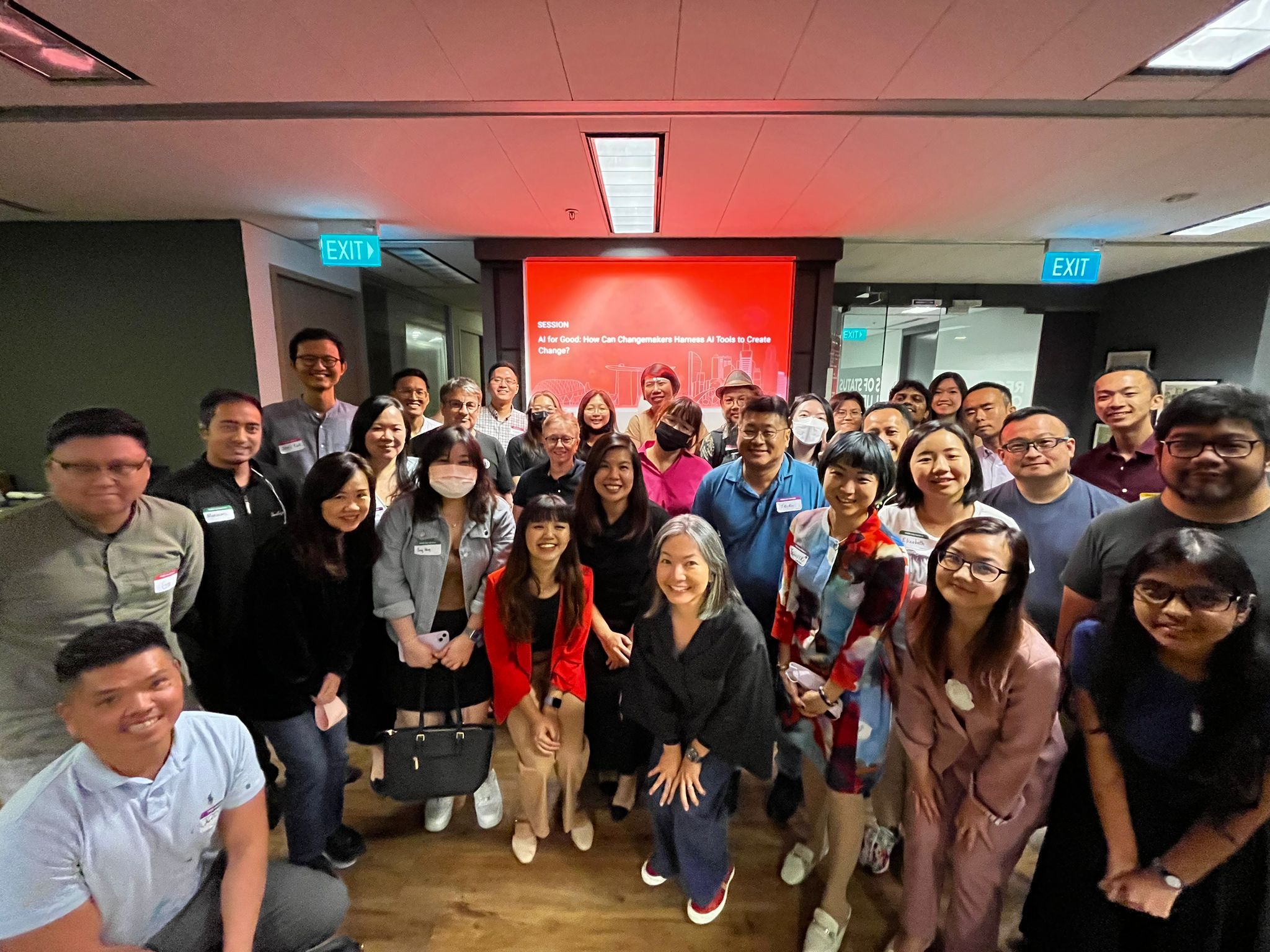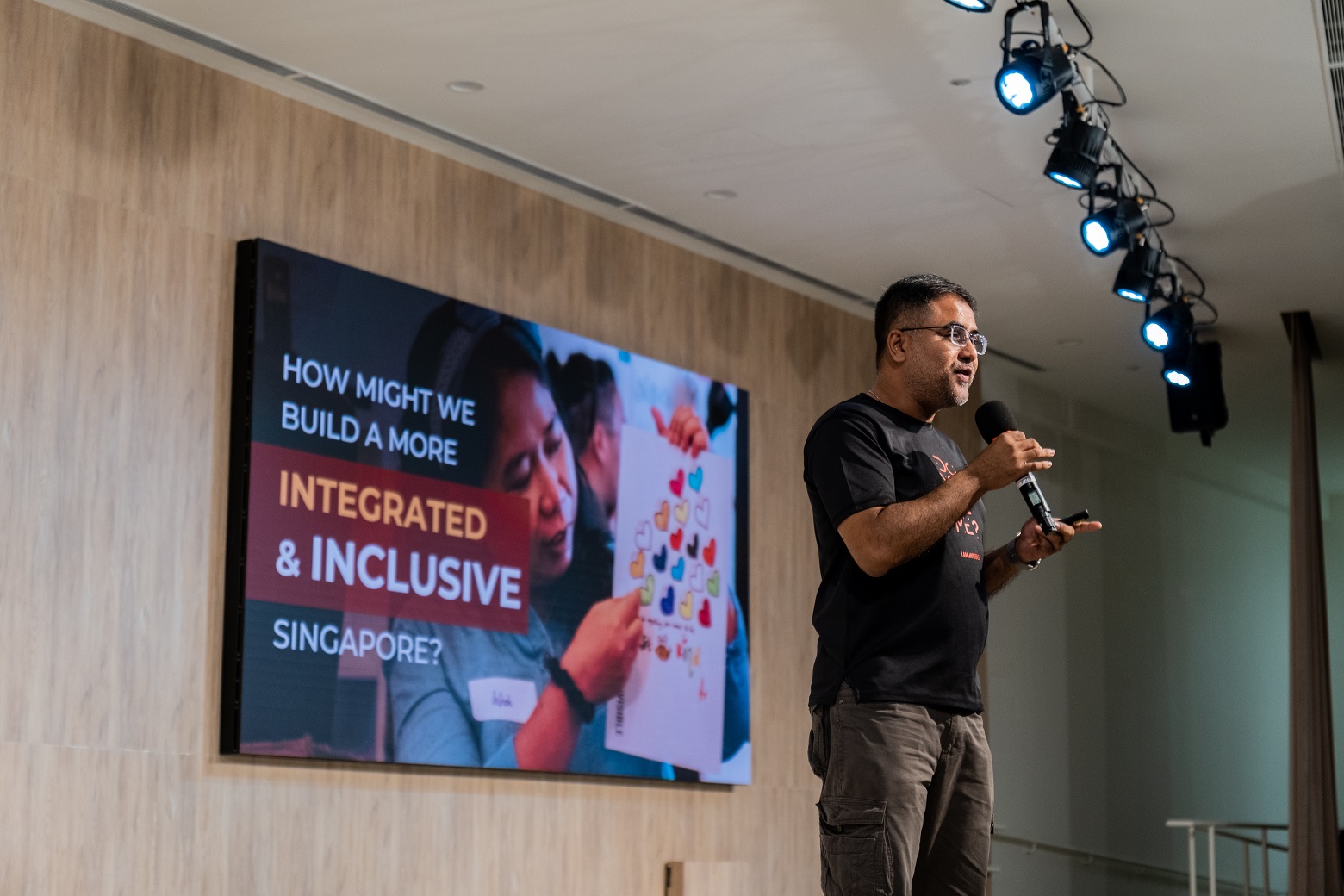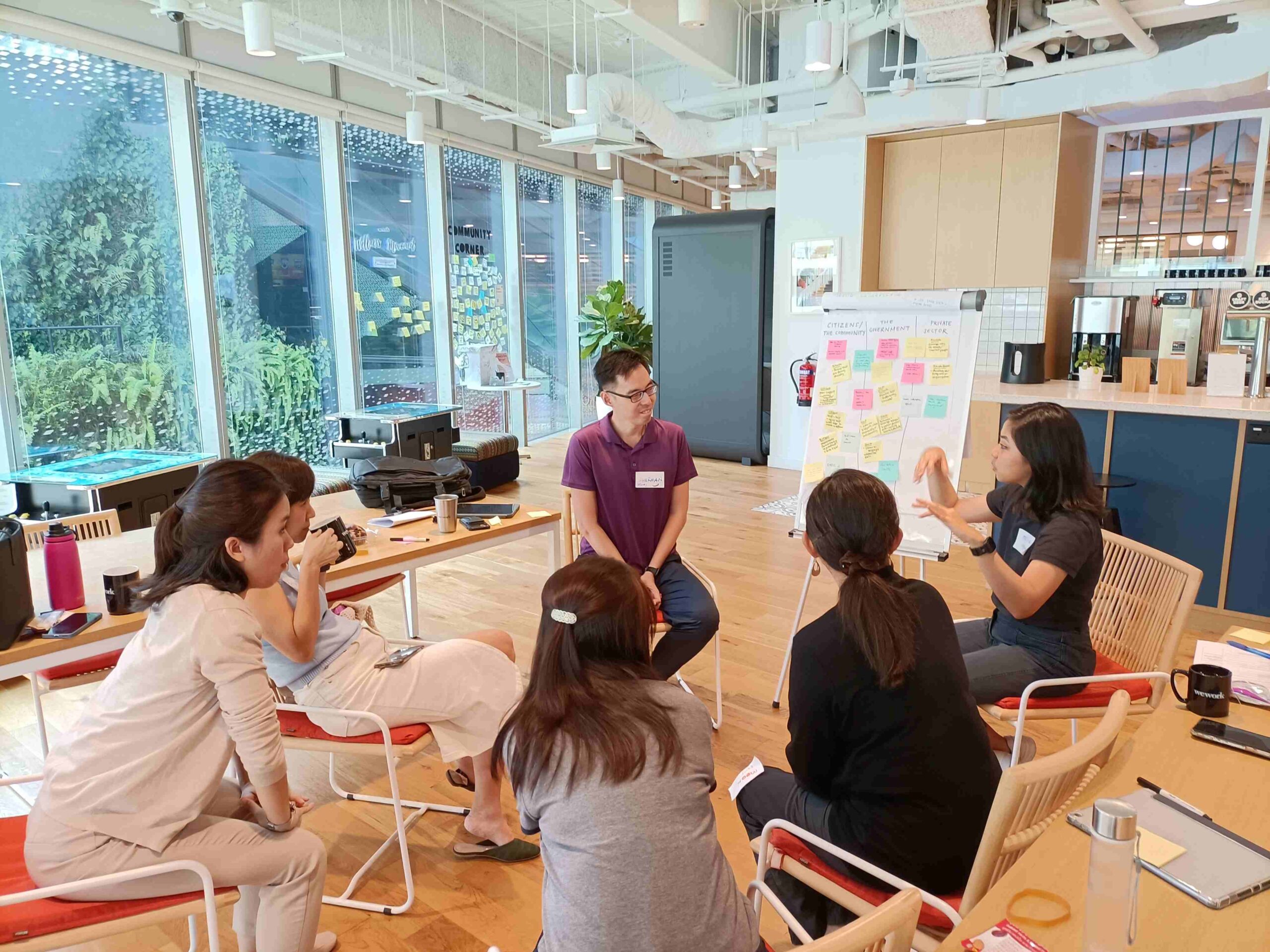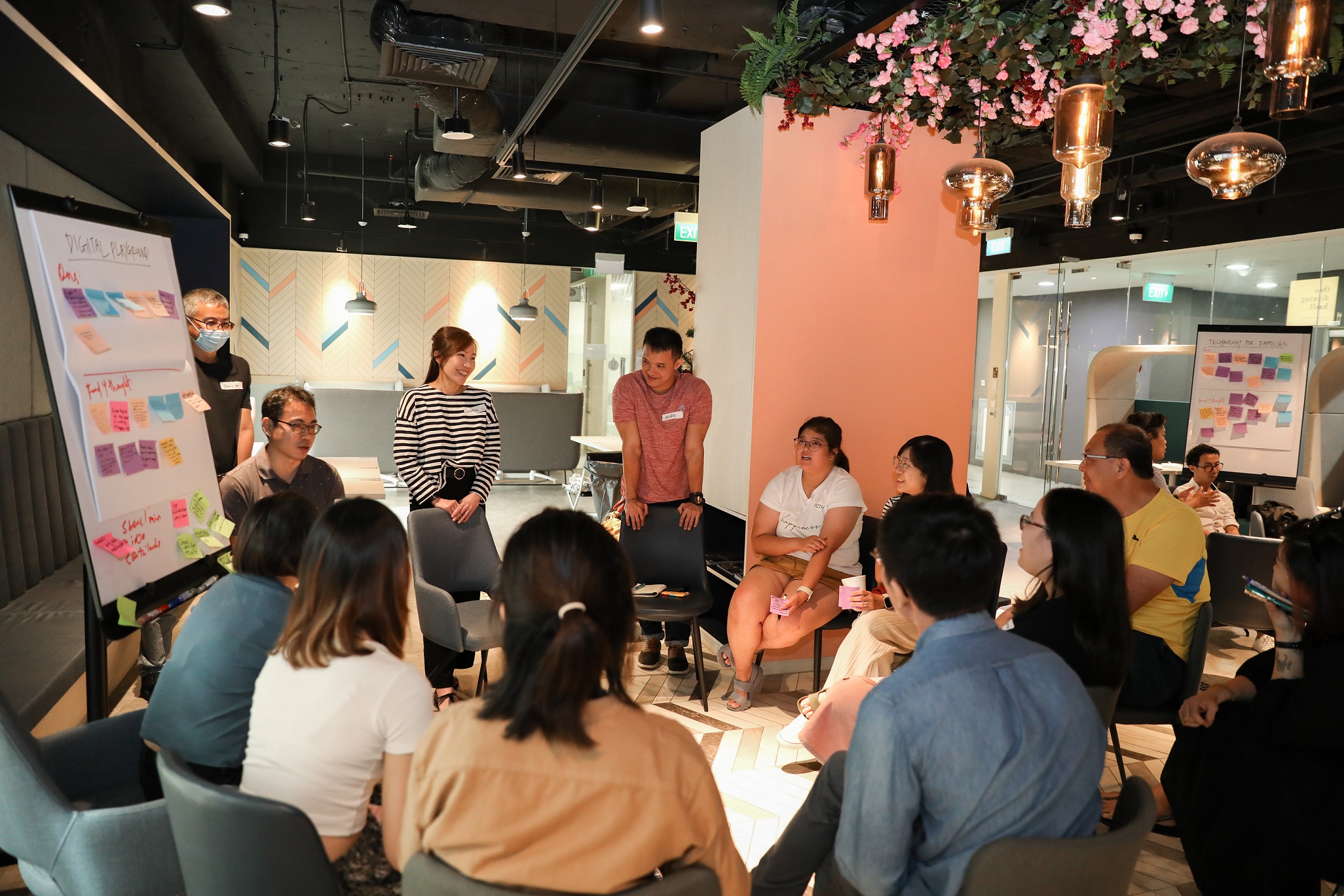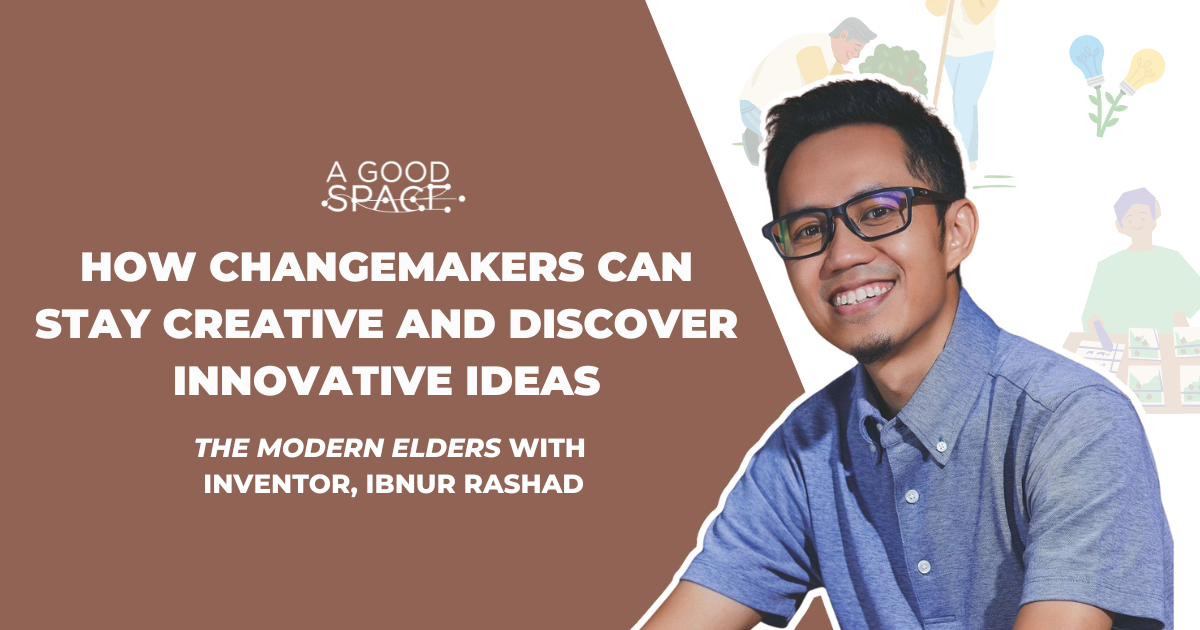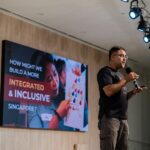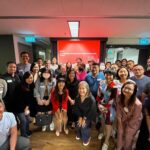On 17 May 2023 (Wednesday), more than 30 changemakers gathered on the 24th floor of the Gateway East skyscraper, the clouds awash with the orange glow of the setting sun. A Good Space Co-operative (AGS) and Better.sg had gathered these changemakers for a workshop titled: “AI for Good: How Can Changemakers Harness AI Tools to Create Change?”
The workshop was the brainchild of Vincent and Gin, General Managers of AGS and Better.sg respectively. They came up with the idea of organising an AI workshop for changemakers amidst the hype and buzz that ChatGPT was generating.
Changemakers engage in “high-touch” and “high-trust” work, and although generative AI may not be able to replace their human touch, it could help to drastically optimise their other workflows, such as creating content for social media publicity.
Hence, Vincent and Gin hoped to convene a community of practice, which would empower changemakers to utilise generative AI tools effectively, to do good.
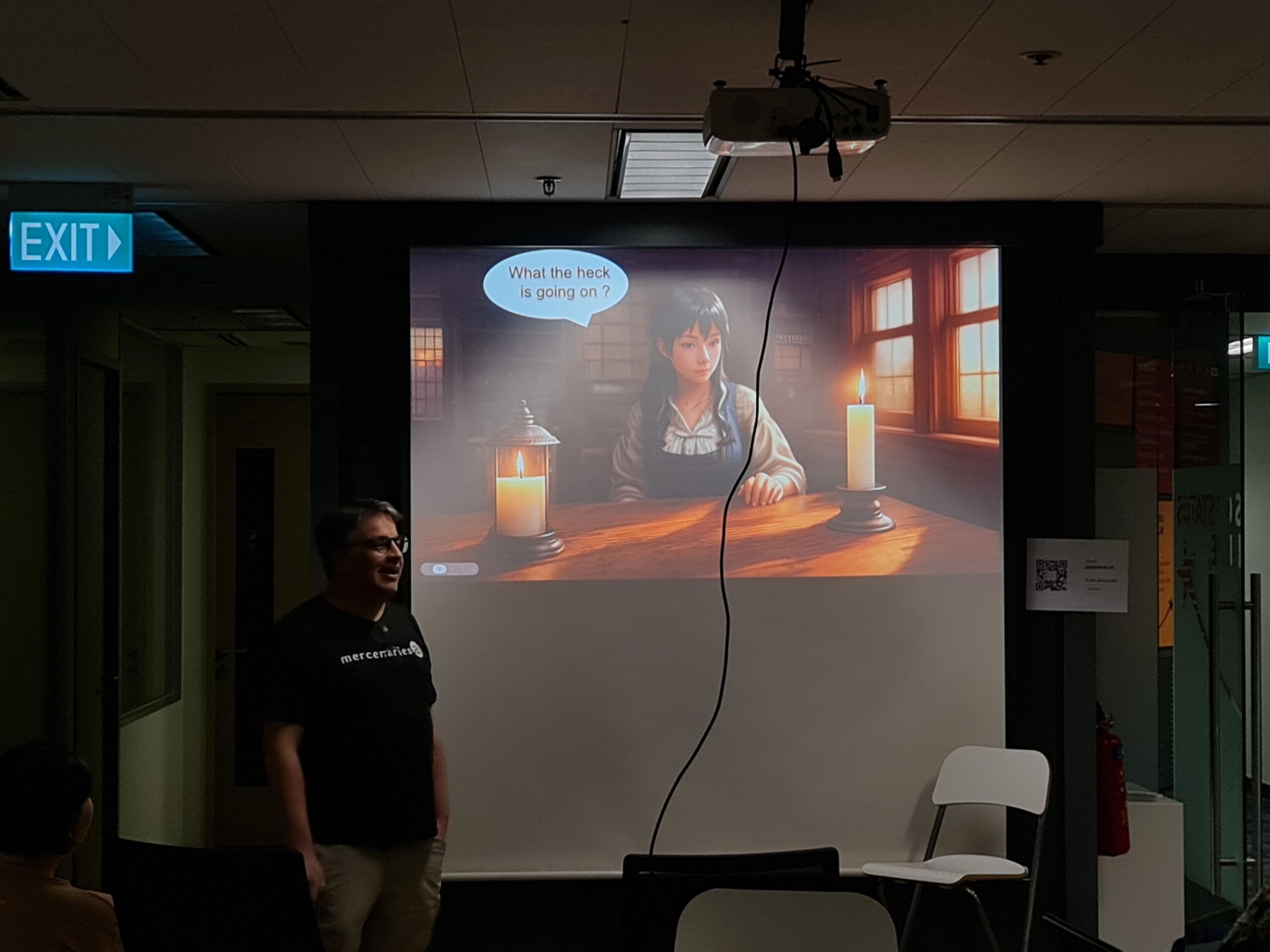
From candles to lightbulbs, from Google Search to ChatGPT
Georg Zoeller, co-founder of mercenaries.ai, kicked off the workshop by regaling the audience with an entertaining recount of the numerous technological innovations that have shaped human history. Mankind has transitioned from candles to electric lightbulbs, from ice cubes to refrigerators, and from computers to smartphones.
While it was reassuring to know that the emergence of ChatGPT was akin to past technological disruptions that mankind had successfully weathered before, Georg warned that now is no time to rest on our laurels. We must get ready to meet the emerging challenges posed by AI, such as widespread job losses, and getting drowned out by automated noise.
Ever since the Turing Test was introduced, we have been benchmarking AI against human performance. Sceptics tend to mock AI for rudimentary flaws, such as DALL-E 2 being unable to generate accurate drawings of hands, or ChatGPT hallucinating and making up “facts”. Thus, to sceptics, AI can never match up to humans.
However, in these five aspects, AI has already surpassed human performance:
- Handwriting recognition
- Speech recognition
- Image recognition
- Reading comprehension
- Language understanding
Georg emphasised that AI is developing at an exponential rate, and sooner rather than later, generative AI tools will be able to constantly learn and improve, simply by being plugged into a live database (e.g. Bing), rather than a static database.
Sceptics may continue shifting the goalposts and dismissing AI for being unable to perform as well as humans. Yet, Georg shared his fervent belief that AI is advancing so fast that, soon, it will be extremely difficult to find any task that AI is unable to perform.
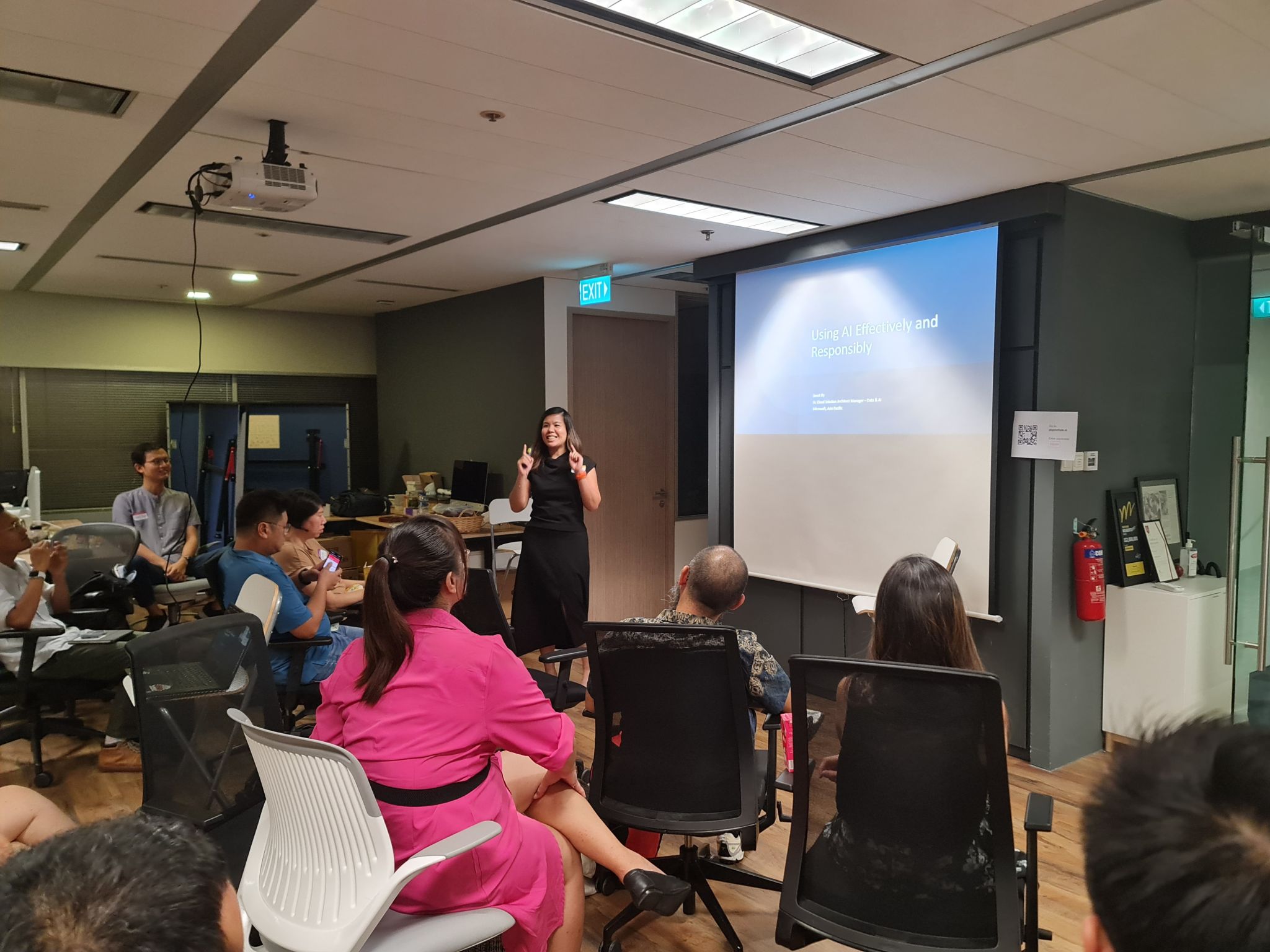
Turbocharged tool, or out-of-control overlord?
Next, Janet Uy, Senior Cloud Solution Architect Manager at Microsoft, took the audience through the safety and ethics of utilising AI.
Generative AI is a powerful tool that can be used for nefarious purposes, such as scams. Hence, Janet shared crucial tips to detect AI-generated content, such as:
- Watching out for overly-repetitive and unusual patterns, because AI tools tend to repeat their sentence structures
- Utilising AI detection software, such as Originality.AI and GPT Zero
- Reading the transparency and accountability declarations published by the creator of the AI tool
Despite the risks, Janet shared that she was cautiously optimistic that as long as generative AI is governed by safety guardrails, it can be a force for good, not evil. The framework of the “4 Mitigation Layers” is one such safety guardrail:
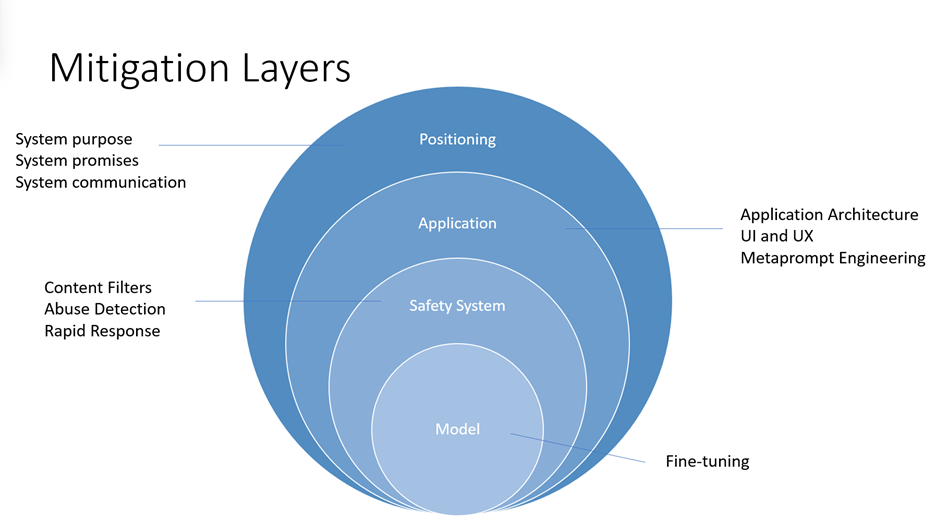
Starting from the innermost circle of the diagram above, we can see how it is important for companies like OpenAI itself to fine tune their Large Language Models (LLMs), enhance their content filters, and tweak their User Interface (UI) to promote safe usage of tools like ChatGPT.
However, Janet highlighted the outermost layer of the diagram above. Ultimately what may be most important is the last-mile public education of everyday consumers, on what the tool should and should not be used for.
For example, ChatGPT may be a suitable tool for university students if they are simply looking for inspiration. However, ChatGPT is unable to generate non-plagiarised content, and university students may face harsh punishments for submitting content generated by ChatGPT.
Janet’s message was loud and clear: You are your own best guardrail. Do not misuse AI to do something it was not built for!
Finally, Janet shared with changemakers tips on how they could utilise Prompt Engineering to reduce the hallucination of AI tools. For example, rather than submitting a long prompt, users can break their prompt up into bite sizes.
Furthermore, when prompting AI tools, users can include instructions like “Think step-by-step, and explain your calculations step-by-step.” This forces AI tools, such as ChatGPT, to articulate their chain of thought, and reduces the likelihood of inaccurate answers.
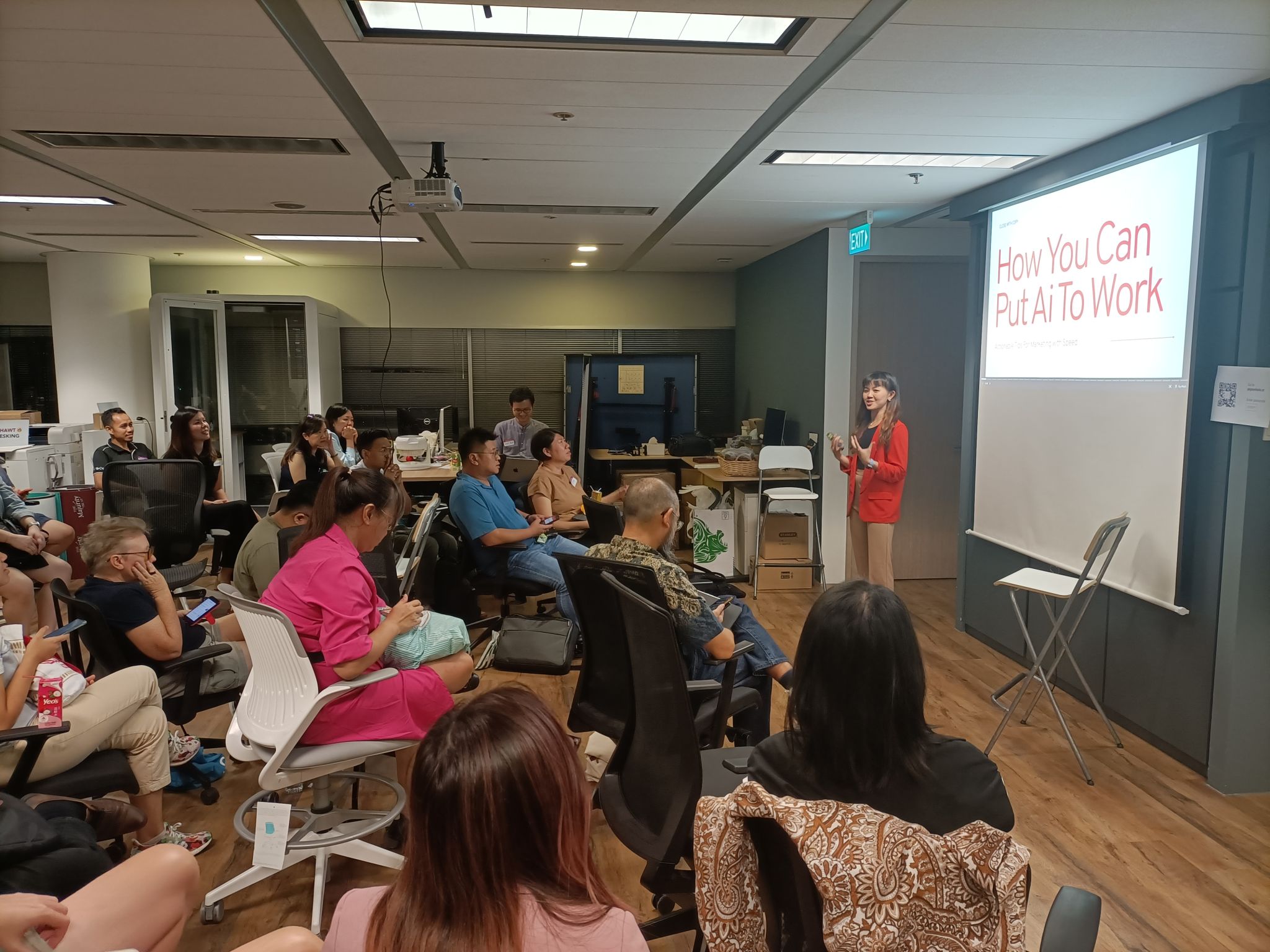
Give ChatGPT confidence like how you would raise a child!
Having explored the history and ethics of AI, Audrey Chia, founder of Close with Copy, pulled the audience back to the here and now.
Audrey shared specific generative AI tools that changemakers could use, beyond just ChatGPT. Here are some practical tools that you can deploy right away!
- Hypotenuse AI for high-quality blog posts
- Pebblely AI for product shots with different backgrounds
- Durable AI for websites
- AdCreatives.AI for social media posts
- Pitch.com for presentation slides
- All-in-one tool Easy-Peasy.AI
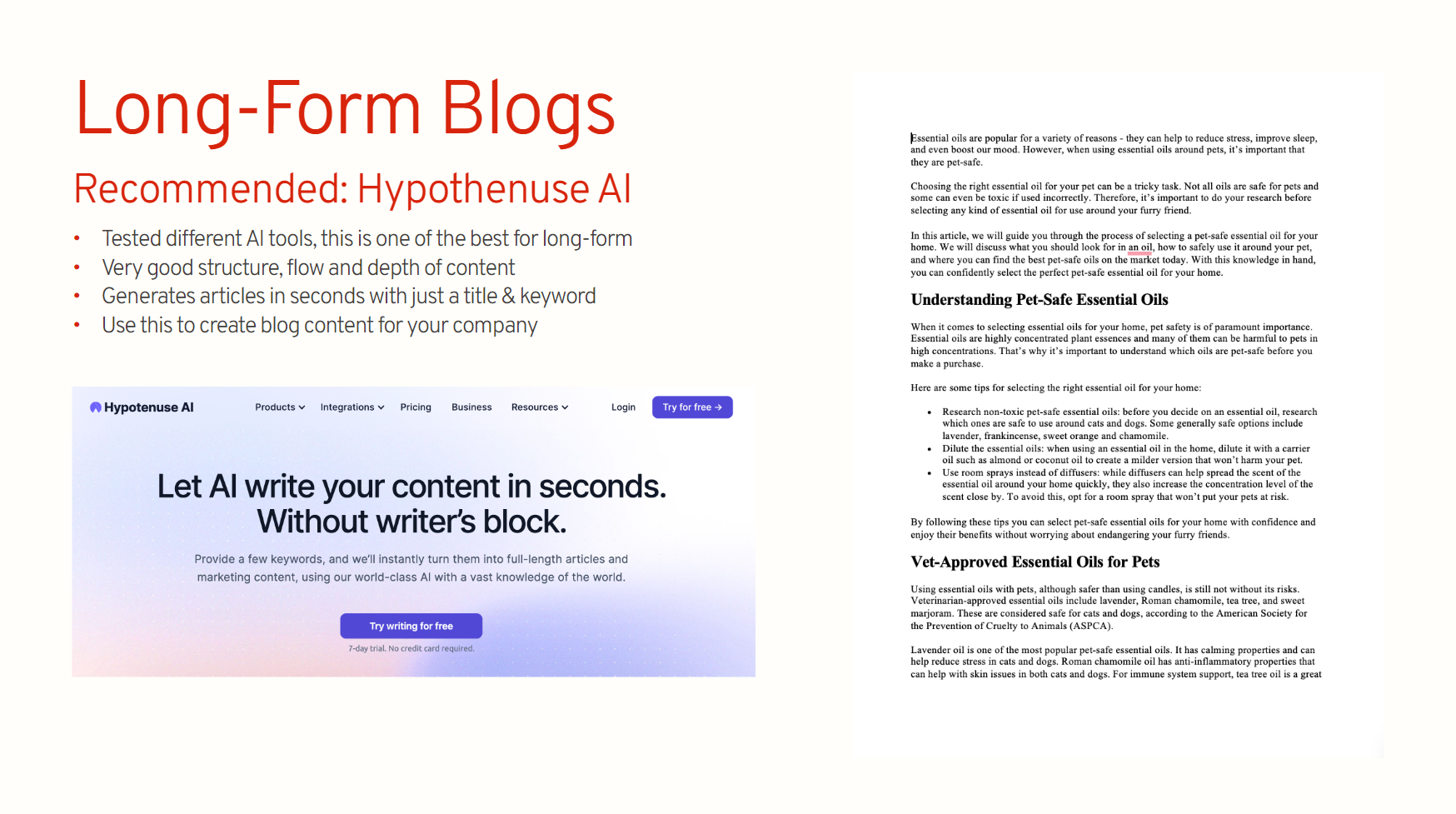
Even though these up-and-coming tools were attractive, Audrey shared that she still frequently uses the trusty combination of ChatGPT and Canva. She shared that she often begins her prompts to ChatGPT with “You are an experienced copywriter…”, and enthusiastically vouched that doing so imbues ChatGPT with more confidence, and generates more enticing content.
In her words, “ChatGPT is like a child! Guide it step by step and you will get the result that you hope for!” By breaking down her prompt into bite-sized portions, she guides ChatGPT step-by-step towards generating a piece of content that she is satisfied with. Thereafter, she copies the text over to the templates available for free on Canva, and is able to create her social media post in no time.
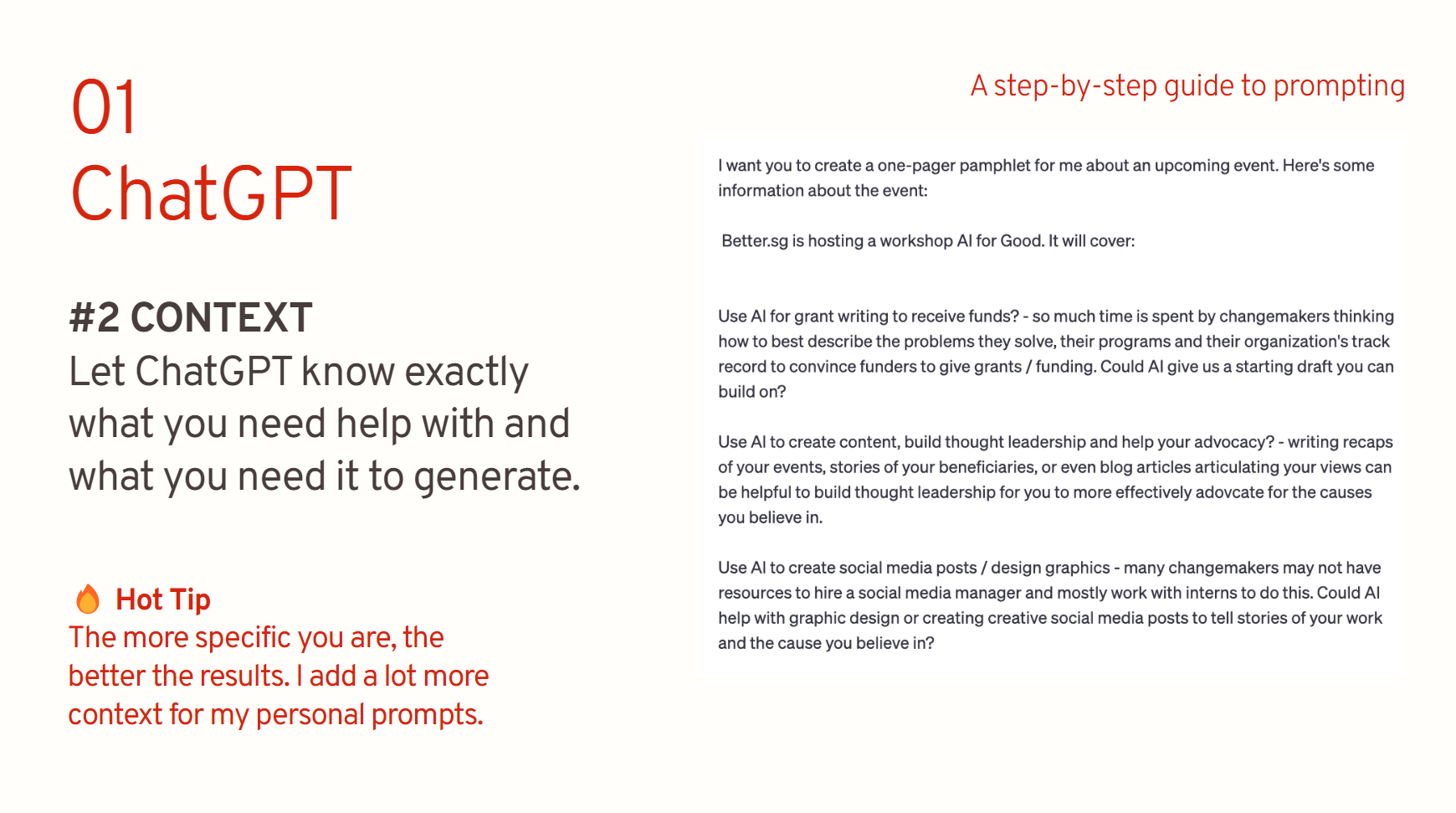
Audrey encouraged the audience to combine the best of AI (artificial intelligence) with the best of HI (human intelligence). Specifically for communications and publicity, which changemakers inevitably have to do some of, she offers three tips:
- Add your human touch to AI-generated content
- Before using AI to generate content, you must have a communications strategy, which can only be good if you understand your market, product, and audience
- Think of AI as an enabler to optimise your workflow, with you still remaining the artist in control with a vision
Wrapping up
For the final segment of the night, we had a panel discussion with our three speakers, adeptly moderated by Joel Kek from Better.sg. It was late but everyone was still buzzing.
One participant shared how she wanted to convince one of her stakeholders to continue allowing Annual General Meetings to be held online, and she used ChatGPT as a debate sparring partner to sharpen her arguments.
Another shared her experiences talking to ChatGPT in languages apart from English.
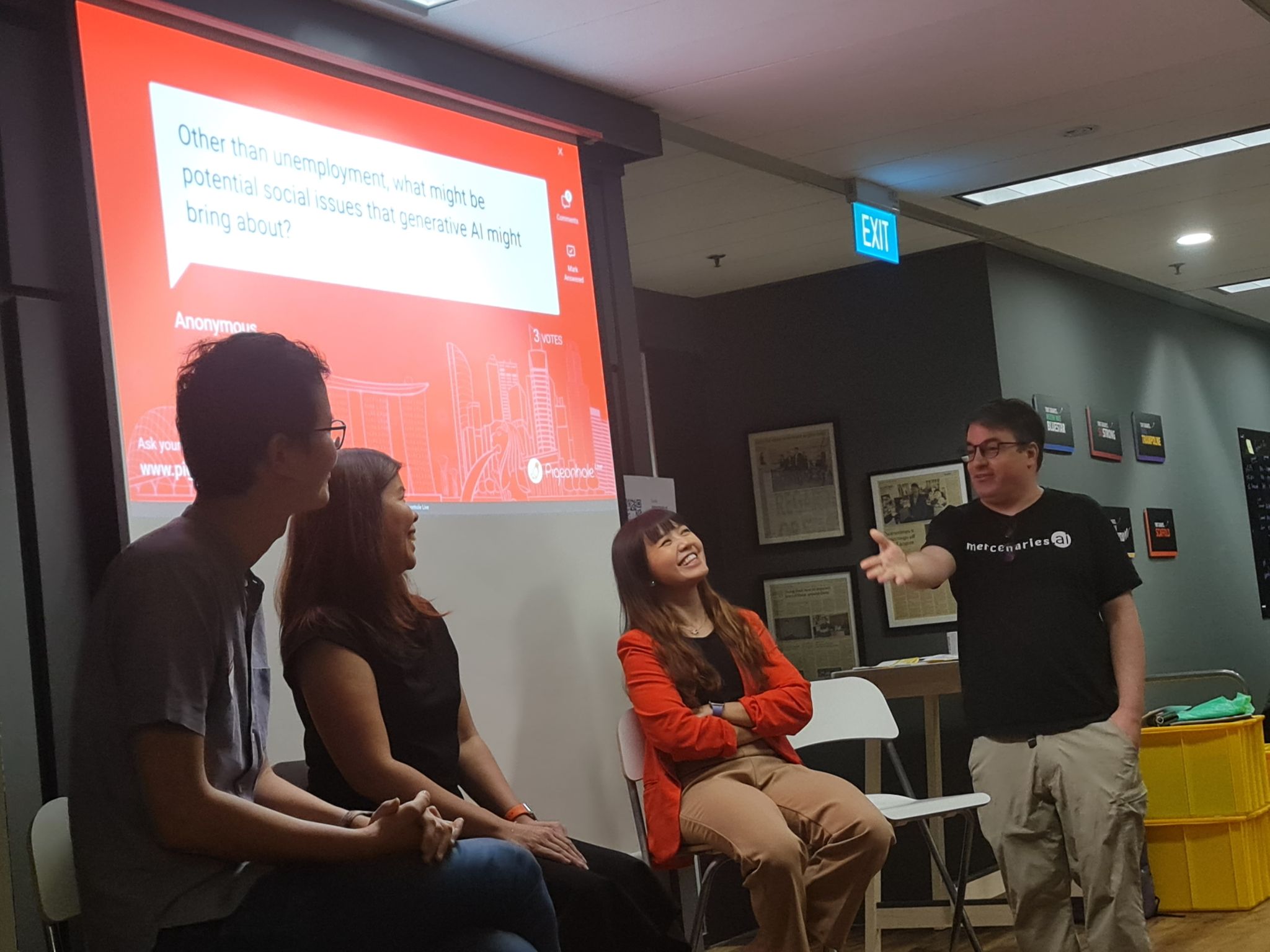
Finally, in an inspiring anecdote of human agency over AI, one participant even shared how his team set self-imposed limitations on when they could or could not use generative AI. His team was engaging in a futures thinking exercise, and while they utilised ChatGPT to create the scenarios and character archetypes, they did not want to allow ChatGPT to crowd out their creativity.
Hence, they banned themselves from utilising any generative AI tool for the second half of their exercise, when they were generating solutions. This enabled them to protect the independence of their thought process, and hopefully generate original solutions.
This workshop serves as resounding proof of the immense synergy that exists between the tech sector and the changemaking landscape. If you would like to be part of a subsequent workshop, whether as a keynote speaker or as a participant, do reach out to AGS and Better.SG!
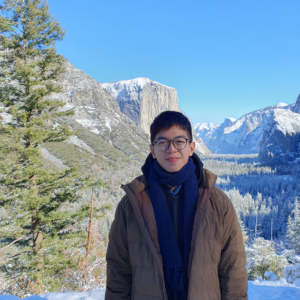
Adriale Pang
Adriale is a Research Apprentice at A Good Space. He's really interested in urban planning and American history, and his top 2 favourite movies are Parasite and Everything Everywhere All At Once!
